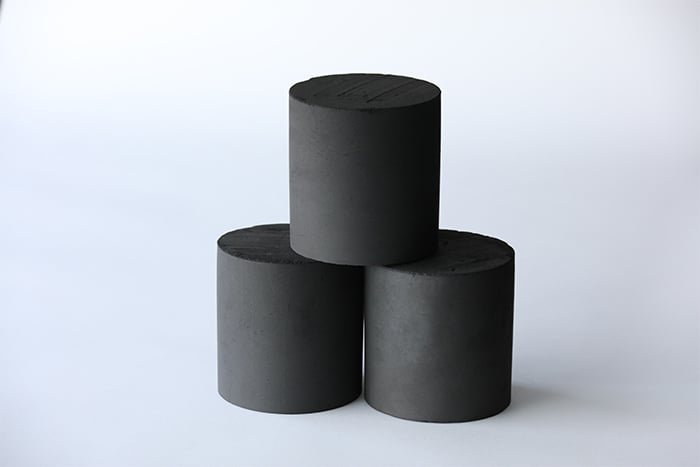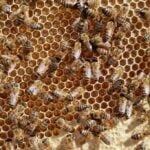A research team at the University of Massachusetts Amherst has developed a special material that can harvest electricity from the air in atmosphere. Published in the Journal of Advanced Materials, the study demonstrates that any material with nanopores smaller than 100 nanometers in diameter can continuously generate electricity from atmospheric humidity. Using any device that can be made from many substances, the scientists have discovered a technique to generate power from thin air.
Two electrodes and a thin layer of material covered with nanopores, thinner than 1/1000th the width of a human hair, are the materials needed for the invention. Clouds, consisting of water droplets carrying electric charge, inspired this method of capturing electricity from the air. Creating an electric charge imbalance between its chambers, this small, human-built cloud-like device can reliably produce and harvest electricity as water molecules pass through it. The corresponding author of the research, Jun Yao,likens the invention to a man-made cloud that generates predictable and continuous electricity.
The researchers aim to improve its efficiency and make it a practical and sustainable power source, as the current device can generate a fraction of a volt. The abundant energy of the Earth offers an enormous source of clean energy, and this technology is just the beginning of its utilization. Research carried out earlier showed that nanowires made of Geobacter sulfurreducens bacteria can harvest electricity from the air, leading to the development of this new device.
Similar Post
The UMass team discovered that the nanowire-based “air-gen” effect is not limited to a specific material but rather a general property of any material with nanopores smaller than 100 nanopores in diameter. Questioning its potential power output and cost-effectiveness, some experts express skepticism about the scalability and practicality of the device. Making this technology suitable for power generation in any location and at any time, humility, which varies with temperature, exists abundantly worldwide.
This new device allows for broader possibilities, as previous attempts to harness humidity for electricity generation were limited in duration or relied on expensive materials. The flexibility of the device in material selection significantly enhances its practicality and potential applications. As long as it can be punctured with nanopores, almost any material, such as wood or silicon, can be used with this technology.
In order to increase energy production and explore their competitiveness with other clean energy sources like wind and solar, the scientists envision stacking multiple devices. Opening up new possibilities for energy generation, the researchers believe these devices could power electronics in diverse environments. Consisting of a thin layer of material filled with nanopores that allow water molecules to pass through, the device creates a charge imbalance and effectively functions as a battery. This “battery” can continuously generate electricity as long as there is humidity in the air. According to experts, the development of this technology holds remarkable potential and could have a significant impact on energy generation.
The future plans of the team involve optimizing the device’s performance and exploring its applications in different settings. It represents a significant step towards utilizing atmospheric humility for power generation, while the device’s ability to become a competitive clean energy source remains uncertain. The new discovery paves the way for further advancements in harvesting electricity from the air and harnessing the earth’s abundant humility as a clean energy resource.


















